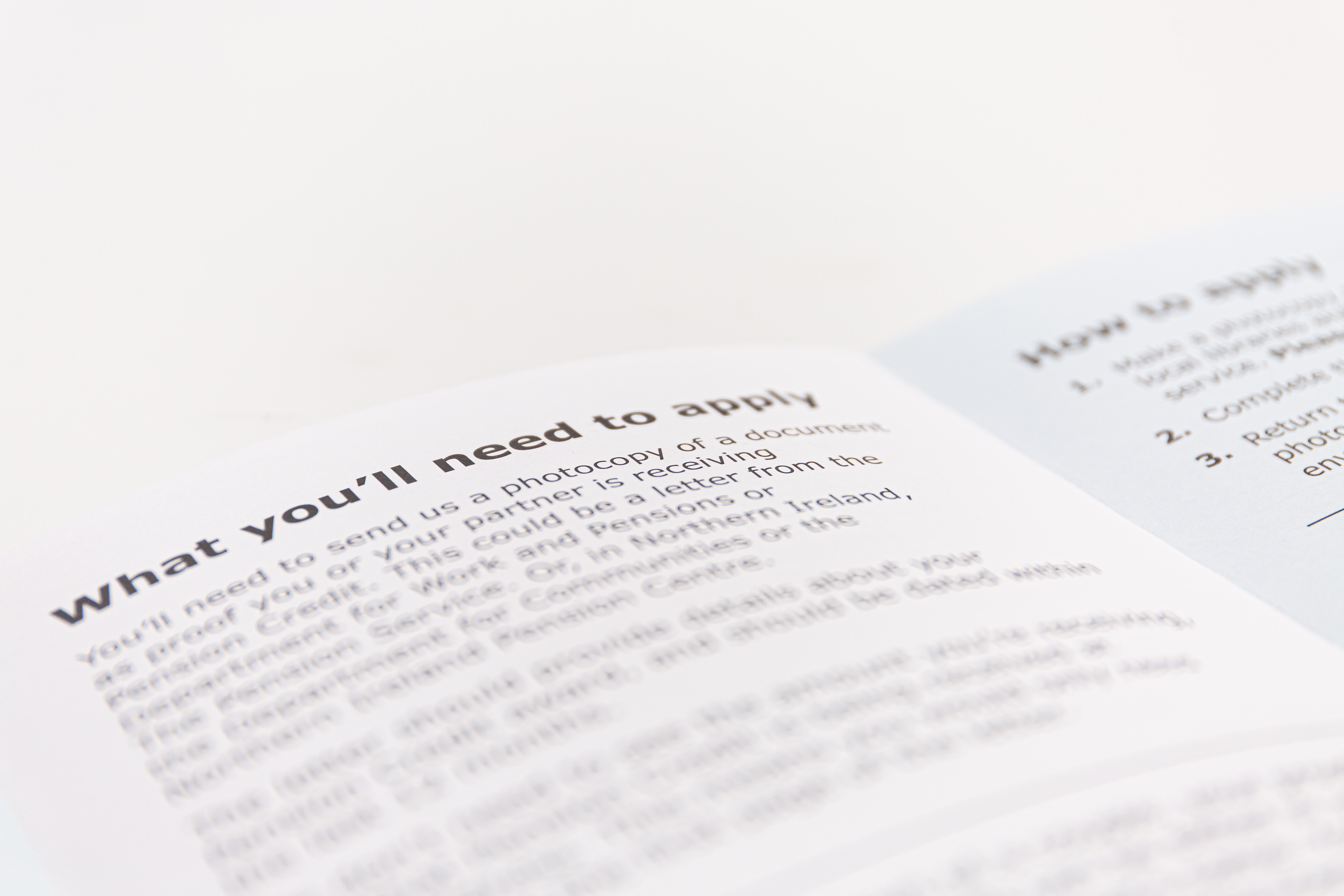How to Write an Elevator Pitch
“So, what do you do?”
The question isn’t what you do – it’s how you explain it in 30 seconds or less.
An elevator pitch is a short spiel you have rehearsed and ready to go when you’re interviewing, networking, or just when you meet people in the street. You never know when a potential lead or new customer is right around the corner – and if you have a website you want to direct people to, it helps to have an elevator pitch so you can promote it as succinctly (and persuasively) as possible.
No matter what kind of website you run – ecommerce, blog, business, or otherwise – or business you have, an elevator pitch can help you turn serendipity into sales.
So without further ado, let’s dive into how to write one:
Who are you?
First of all, begin with the statement “I am a…” what? Use this statement to break the ice, introduce who’s listening to your general area of work, and give them context for the rest of the pitch. Don’t make this too complicated – you can clarify yourself later on.
For example, you might be a whizz at Photoshop but do architectural work for your day job, as well as making the odd poster for your friend’s band. You have about three different job titles – so which do you use? Remember: an elevator pitch is not a CV, it’s how you promote yourself. You can be anything you want. In the case of that example, “graphic designer” is just about vague enough to cover everything, while still being understandable to a layman who doesn’t know what SketchUp is.
Here are some useful catch-all terms that may apply to you, but which still sound intriguing enough for people to want to hear what you have to say:
- Blogger
- Marketer
- Writer
- [product] seller
- Businessperson
- Event organiser
- Coach
- Consultant
What do you do?
The word linking the last section to this one is “who”. You’re a graphic designer/business owner/lion tamer who… go on to describe what you get done for your clients, or at least what you’d like to be known for.
In the case of our Photoshop expert in the first example, he could say: “I’m a graphic designer who creates promotional material for local bands as well as new building schematics”. It’s an interesting combination which grabs attention, and instantly links the two different skills under one heading: graphic design.
You can really use this section to emphasise what you want to be known for, while acknowledging what field you’re currently in. Use your current experience as a segue to talk about a related field you’re pivoting into, and you’ll instantly bring it into the spotlight.
For example: “I’m a graphic designer who creates building schematics, but right now I’m also experimenting with Photoshop to create promotional material for local bands.” You can see how the subtle positioning makes it clear what you’re really passionate about at the moment, without taking away from your area of expertise.

What makes you unique?
This is where you can go a bit wild, and humble brag about your achievements or pet projects you want the other person to know about. Let’s leave our graphic design guy behind, and go with a copywriter instead for example:
I’m a marketing copywriter for an insurance firm, but I’m currently branching out into other niches for freelance work. I’ve already written a pizza maker manual as well as production notes for a Hollywood blockbuster!
Think of your elevator pitch as trying to raise the other person’s eyebrows as much as possible – start out easy with your job title, then tell them what that actually involves, then let them in on a golden nugget of information that’ll spark a real conversation.
Perhaps you sell unique products, or something about their manufacturing process is really interesting. Maybe you have a side hustle as a wrestling coach and your flexible office hours makes it possible for you to coach the next Olympic champion. Or maybe you just love building websites so much that you forgot to eat for two days – whatever you think reflects yourself and how you want to be seen, try and fit it in your elevator pitch.
Edit, edit, edit!
A good elevator pitch should only take about 30 seconds to say out loud, without talking too fast. A great idea is to record yourself talking so that you get practice rehearsing what you’re going to say without rushing it.
If you feel like you’re getting stuck in the editing process and losing the “meat” of what you want to say, try writing out lists of each point you want to make. It’s your elevator pitch, so what do you want to be known for? Don’t be afraid of breaking the mold and setting yourself apart from others in your field – uniqueness is the hallmark of a great, entertaining elevator pitch that leads to further conversations down the line.
It’s also worth mentioning that you can use elevator pitches to promote yourself, your business, or your side projects, so it’s worth coming up with an elevator pitch for each one. The idea here is to figure out your goal: do you want more clients? More sales? Investments? Introductions? In some cases, introducing yourself as a fashion designer and what you do from an individual perspective might be more lucrative than saying an elevator pitch for your online shoe store.
Example elevator pitches
Here are a couple more examples to get you off and running:
I own an online toothbrush store which I set up myself, doing all the graphic design, product sourcing and marketing. Did you know the average person brushes twenty seconds less than they’re supposed to?
I’m a C-level executive for a software company. Right now I’m working on a side project that could blow our competitors out of the water. It means learning to code from scratch, but I’m really enjoying it.
I run a website design agency, especially for small local gyms. Our pages are the fastest in the biz and we have several fitness experts who know exactly what gym owners are looking for. We generated four hundred leads for our clients last month!
Have you written an elevator pitch before? Or do you not like using them – and why not? Drop yours in the comments below!





